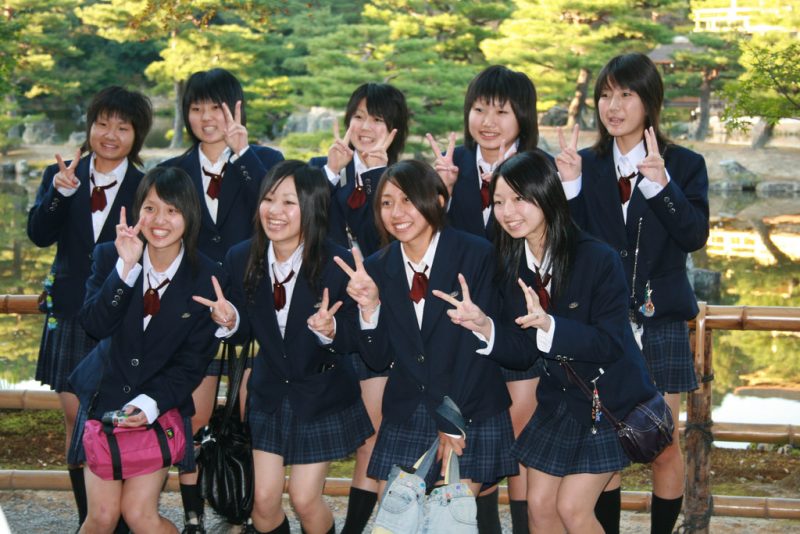No products in the cart.
High School in Japan vs. the World
Introduction: Understanding High School in Japan
High school culture varies significantly across different parts of the world, shaped by diverse societal norms, educational systems, and cultural traditions. In this exploration, we’ll delve into the distinct differences between high school culture in Japan and other regions, highlighting unique practices, rituals, and perspectives that define the adolescent experience along with much more within the subject.
Academic Rigor: The Japanese Approach
Japanese high school education is renowned for its rigorous emphasis on academic achievement and excellence. Students dedicate long hours to studying and attending extracurricular classes, driven by a strong cultural emphasis on educational attainment. The demanding curriculum, coupled with intense competition for university admissions, places considerable pressure on Japanese high school students to excel academically from an early age. From grueling entrance exams to rigorous entrance interviews, the path to higher education in Japan is paved with challenges that test students’ resilience and determination. Despite these obstacles, Japanese students approach their studies with unwavering diligence, understanding that success in the classroom is not only about intellect but also about perseverance and discipline.
Highschool Girls in Japan
Social Dynamics: Hierarchies and Harmony
Japanese high schools are marked by a strong sense of social cohesion and hierarchy, where students adhere to established norms of respect, discipline, and group harmony. Classrooms are structured environments where students work collaboratively and defer to authority figures, such as teachers and senior classmates. Peer relationships are built on mutual respect and solidarity, fostering a sense of camaraderie and belonging within the school community.
Extracurricular Activities: Fostering Well-Rounded Development
In Japan, extracurricular activities play a vital role in shaping students’ holistic development and fostering a sense of camaraderie and teamwork. From sports clubs and cultural societies to academic circles and community service groups, high school students are encouraged to explore diverse interests and talents outside the classroom. Participation in extracurricular activities not only enhances students’ social skills and leadership abilities but also instills a strong sense of discipline and commitment.
Uniform Culture: Symbolism and Tradition
One distinctive aspect of Japanese high school culture is the prevalence of school uniforms, which serve as symbols of identity, tradition, and discipline. Uniforms are meticulously designed to reflect the ethos and values of each school, with variations in style, color, and insignia. Wearing a school uniform instills a sense of pride and belonging among students, fostering a sense of unity and cohesion within the school community.
Parental Involvement: Nurturing Academic Success
In Japan, parental involvement in students’ education is highly valued and actively encouraged. Parents play a significant role in supporting their children’s academic endeavors, providing guidance, encouragement, and resources to help them succeed. From attending parent-teacher conferences to supervising homework and study sessions, Japanese parents are deeply invested in their children’s educational journey, prioritizing academic achievement and future prospects.
Cultural Variations: Contrasting Perspectives
While Japanese high school culture emphasizes academic excellence, discipline, and social harmony, high schools in other parts of the world may embrace different values, priorities, and educational philosophies. In Western countries, for example, high school culture often emphasizes individuality, creativity, and personal expression, with a greater emphasis on extracurricular activities, student autonomy, and critical thinking skills.
Conclusion: Celebrating Diversity in High School Culture
In conclusion, high school culture varies widely across different regions, reflecting unique societal values, educational traditions, and cultural norms. While Japanese high schools prioritize academic rigor, discipline, and group harmony, high schools in other parts of the world may embrace different approaches to education and social dynamics. As we celebrate the diversity of high school culture, let us recognize the richness and complexity of adolescent experiences worldwide.









